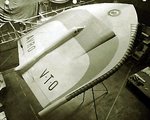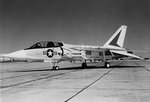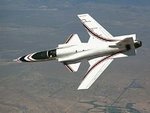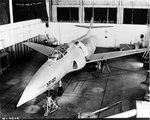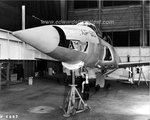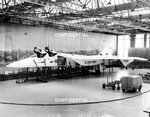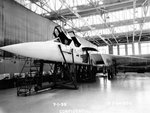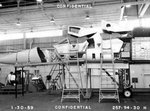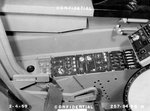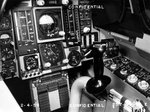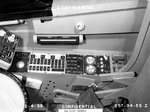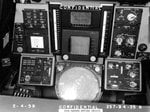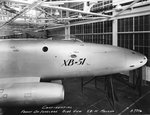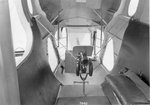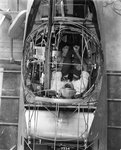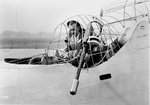johnbr
2nd Lieutenant
BAe P.110
Manufacturer:
British Aerospace, United Kingdom
Max speed:
NA
Length:
Type:
STOVL fighter
Range: NA
Span:
Description:
tilt-engine design of twin engined supersonic Ferry range:
NA
Height:
fighter type aircraft with STOVL capability
Ceiling: NA
Max weight:
Canceled: 1978
Climb rate: NA
Number built:
Crew: 1
NA
NA
NA
NA
1 mock up
Engines: 2 × tilt engines
Thrust: NA
Armament: NA
Manufacturer:
British Aerospace, United Kingdom
Max speed:
NA
Length:
Type:
STOVL fighter
Range: NA
Span:
Description:
tilt-engine design of twin engined supersonic Ferry range:
NA
Height:
fighter type aircraft with STOVL capability
Ceiling: NA
Max weight:
Canceled: 1978
Climb rate: NA
Number built:
Crew: 1
NA
NA
NA
NA
1 mock up
Engines: 2 × tilt engines
Thrust: NA
Armament: NA
Attachments
Last edited:


